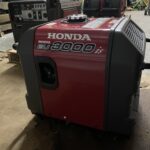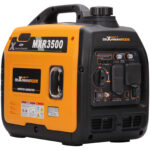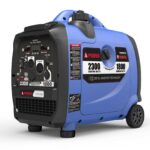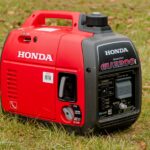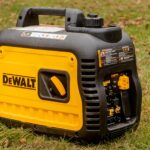If you are looking for a way to clean up your generator power and make it more efficient and reliable, then this article is for you. This article will provide information on how to improve the efficiency and reliability of your generator by following a few simple steps. We will discuss the importance of regular maintenance and cleaning, as well as the benefits of using a generator power cleaner to keep your generator in peak condition. Finally, we will discuss the best practices for using generator power to ensure that it is reliable and efficient. With the information in this article, you will be able to maximize the potential of your generator and ensure that it is running at its best. So let’s get started and learn how to clean up generator power and make it more efficient and reliable.
Benefits of Cleaning Up Generator Power
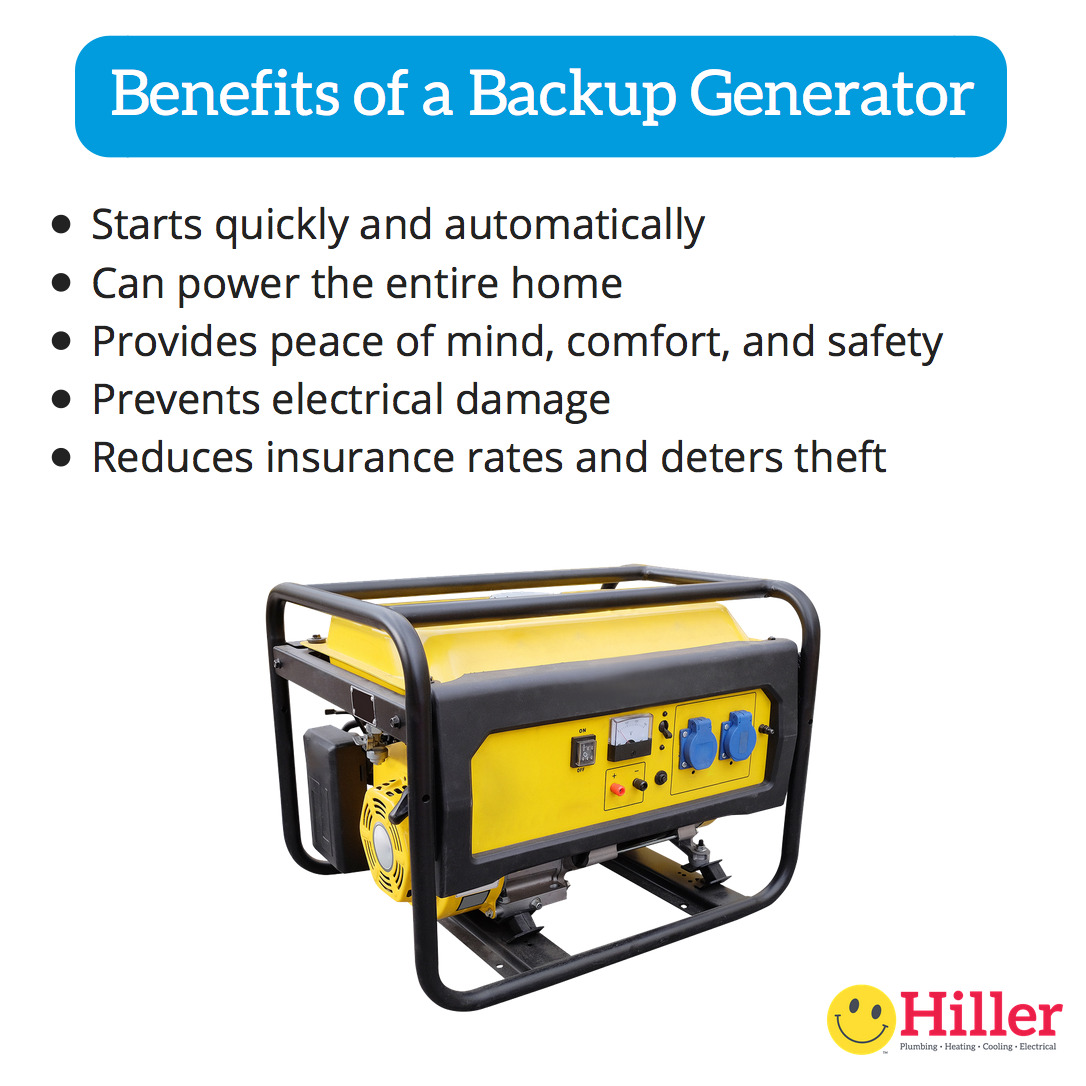
Cleaning up generator power can provide numerous benefits. By cleaning up the generator’s power output, it can improve the power quality and reduce power losses. This can translate into reduced costs for electricity and improved efficiency. Cleaner power can also reduce the risk of equipment damage due to voltage spikes and surges. Additionally, it can reduce the risk of electrical fires and increase the life of the generator and associated equipment. Cleaner power can also provide a more reliable and consistent supply of power, reducing the chances of outages or other issues. Finally, improved power quality can also reduce noise and electromagnetic interference.
Keeping Generator Power Clean
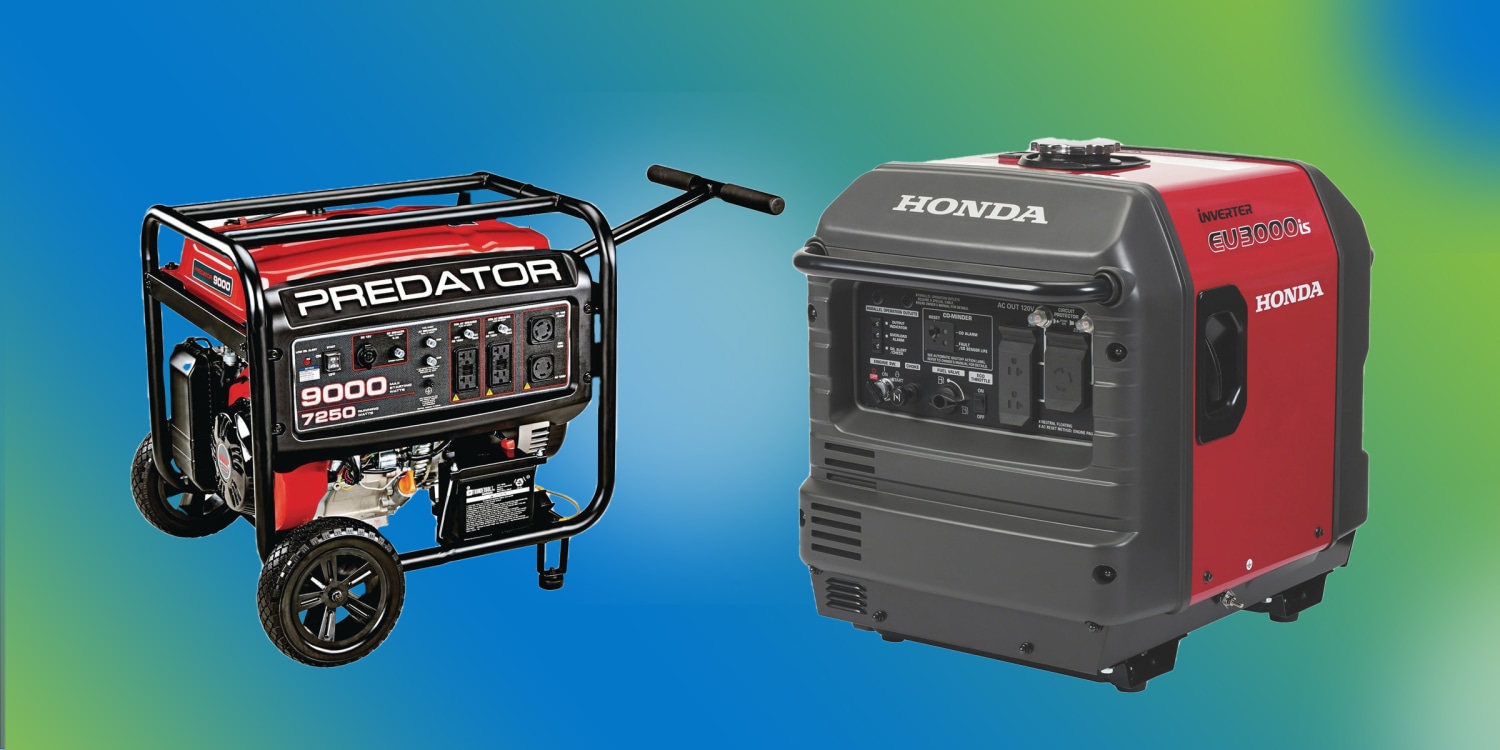
1. Make Sure Generator is in Good Working Order
Before attempting to clean up generator power, it is important to make sure the generator is in good working order. This includes checking the oil, fuel, and other mechanical parts. If any of these components are not functioning properly, they should be fixed or replaced before attempting any further steps.
2. Install a Voltage Regulator
A voltage regulator can help keep generator power clean by stabilizing the voltage output of the generator. Installing a voltage regulator will ensure that the generator’s output is within the desired range and prevent any surges or drops in power.
3. Use a Surge Protector
Finally, consider using a surge protector for your generator power. Surge protectors will help protect your equipment from sudden spikes in voltage, which can cause damage to your electronic devices. A surge protector will also help protect your generator from damage due to an unexpected power surge.
Limitations of Cleaning Up Generator Power

Generator power is often used in off-grid applications and is typically produced by burning fuel such as gasoline, diesel, or propane. While generator power is a convenient and reliable source of energy, it can be quite dirty. Power produced from generators can contain high levels of pollutants, such as carbon monoxide, nitrogen oxides, and particulate matter, which can be damaging to both humans and the environment. While there are methods for cleaning up generator power, such as the use of catalytic converters, there are some limitations associated with these solutions.
The effectiveness of catalytic converters is limited by the nature of the pollutants, as well as their concentration in the exhaust. Catalytic converters are designed to reduce pollutants in exhaust gases, but they are not able to eliminate them entirely. Additionally, they are not suitable for use in applications that require high levels of power or where the exhaust is constantly changing.
Another limitation of cleaning up generator power is the cost associated with installing and maintaining the necessary equipment. Catalytic converters are expensive and require regular maintenance and replacement. Additionally, installation requires additional space and may require modifications to the generator.
Finally, generator power is often subject to fluctuations in voltage and frequency, which can affect the performance of the catalytic converter. If the fluctuation is too large, the converter can become damaged or inefficient.
Overall, while cleaning up generator power is possible, there are some limitations associated with the process. Careful consideration of the application and the type of pollutant must be taken into account when evaluating the best solution for a particular situation.
Cautionary Tips for Cleaning Up Generator Power

| Steps | Description |
|---|---|
| 1. | Check the generator fuel tank and make sure it is not empty. |
| 2. | Check the oil level and make sure it is full. |
| 3. | Check the fuel filter and replace it if needed. |
| 4. | Check the spark plugs and replace them if necessary. |
| 5. | Check the generator’s air filter and replace it if necessary. |
| 6. | Clean the generator’s exterior and make sure there are no debris or dirt. |
| 7. | Check the generator’s electrical components and make sure they are not corroded or loose. |
| 8. | Check the generator’s exhaust system and ensure that it is not blocked. |
| 9. | Check the generator’s cooling system and make sure that it is not clogged or leaking. |
| 10. | Check the generator’s output and make sure that it is producing the correct voltage and frequency. |
Common Generator Power Cleaning Issues

| Issue | Description |
|---|---|
| Fouled Fuel | Dirty fuel can lead to clogged lines and filters, resulting in a decrease in power output. |
| Clogged Air Filter | A clogged air filter prevents the generator from getting the air it needs to run properly, resulting in poor performance. |
| Failing Battery | A bad battery can cause the generator to run at a reduced power output, or even fail to start at all. |
| Spark Plug Damage | Damaged spark plugs can prevent the generator from running at its optimal power output, resulting in reduced performance. |
| Clogged Exhaust | A clogged exhaust system can result in a decrease in power output, as well as a decrease in fuel efficiency. |
Cleaning Up Generator Power Maintenance
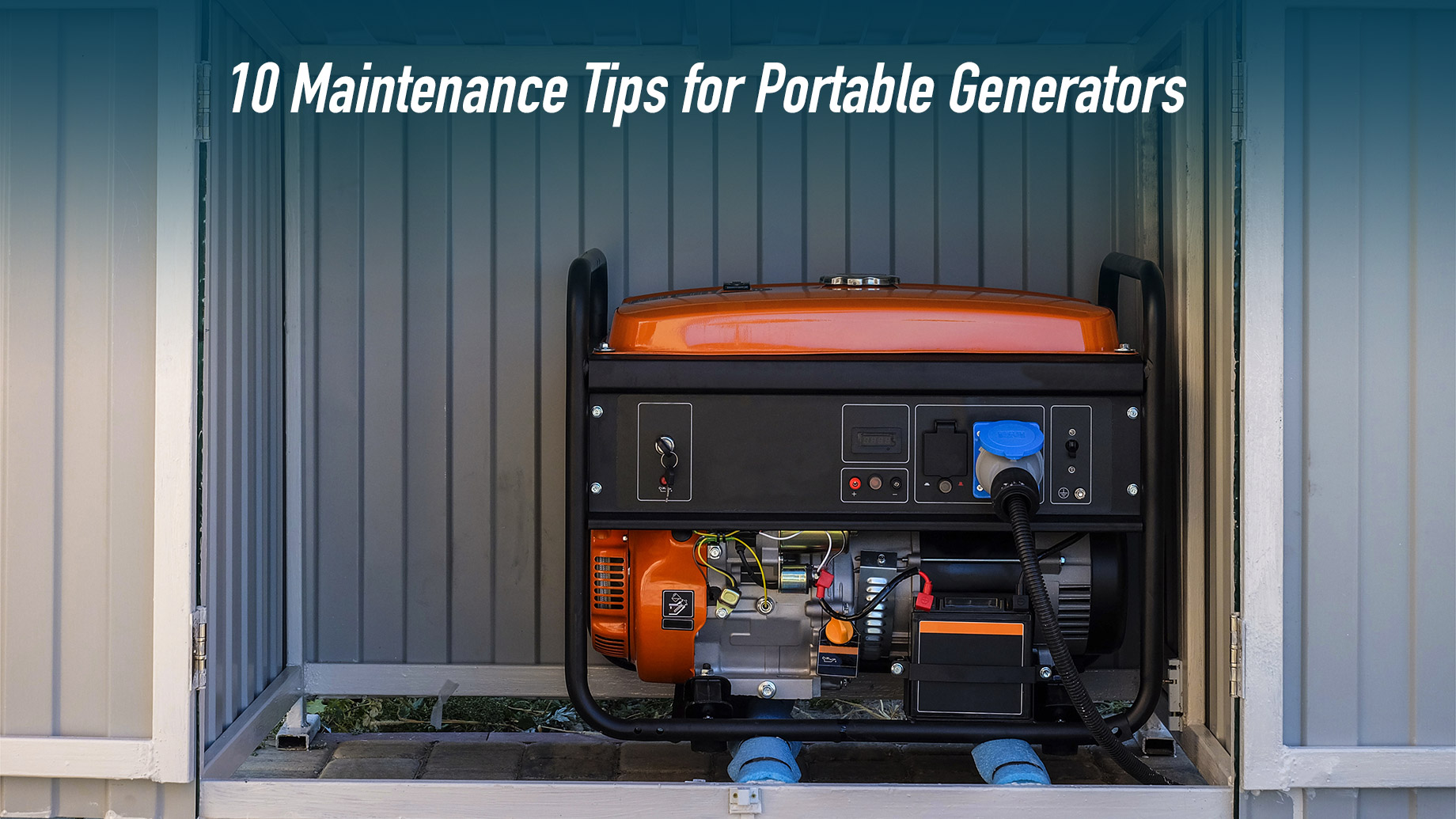
- Make sure the generator is turned off before beginning any maintenance.
- Check the oil level and add if necessary.
- Check and clean the air filter.
- Check and clean the spark plugs.
- Check and clean the fuel filter.
- Check and clean the battery terminals.
- Check and clean the radiator.
- Check and clean the alternator.
- Check and clean the generator control panel.
- Check the belts and hoses for wear and tear.
- Check the fuel lines and fuel pump for signs of wear and tear.
- Check the wiring for signs of wear and tear.
- Check the fuel system for leaks.
- Check the exhaust system for signs of wear and tear.
- Check and replace any worn or damaged parts.
- Check the generator for proper grounding.
- Check the generator for any signs of vibration.
Cleaning Up Generator Power Cost
The cost of cleaning up generator power can vary widely depending on the type of generator, age, and the degree of contamination that needs to be addressed. Many generators are powered by burning fossil fuels, leading to the release of pollutants into the air. The cost of cleaning up these emissions depends on the type of pollution-control equipment needed, the cost of installation, and the cost of operation and maintenance.
The first step in reducing generator power costs is to install an emission-control system. This system can be as simple as a catalytic converter or as complex as a flue-gas scrubber. Depending on the type of emission-control system, the cost can range from a few hundred dollars to several thousand dollars. Installation costs can also vary significantly depending on the complexity of the system and the type of generator.
Another cost-reducing measure is to choose a more efficient generator. Generators come in a variety of sizes and power ratings, and the most efficient models can reduce fuel consumption and emissions significantly. The cost of the generator will vary depending on the size and power rating, but the long-term savings in fuel and pollution-control costs can make the purchase worthwhile.
Lastly, regular maintenance is essential in reducing generator power costs. Regular checkups and regular filter changes will ensure that the generator is running efficiently and that all emission-control systems are working properly. The cost of regular maintenance will depend on the type of generator and the complexity of the system, but it is important to consider the long-term savings in fuel and pollution-control costs when making the decision.
DIY Cleaning Up Generator Power
To clean up the generator power for better performance, there are a few DIY steps that can be undertaken.
| Steps | Instructions |
|---|---|
| 1. Check the fuel mix | Ethanol-free fuel is recommended for use in the generator. If the fuel is not ethanol-free, use a fuel stabilizer to avoid the risk of clogging. |
| 2. Change the oil | Change the oil after every 100 hours of operation. Use high-quality oil to ensure the generator runs smoothly. |
| 3. Clean the filter | Clean the air filter regularly to ensure optimal performance. Remove the filter and clean it with compressed air. |
| 4. Check the spark plug | The spark plug should be changed every 100 hours of use. Use a high-quality spark plug for optimal performance. |
| 5. Check the connections | Check the connections of the generator to ensure they are all secure and functioning properly. |
By regularly following these steps, the generator will be able to run more smoothly and efficiently.
Frequently Asked Questions
How can I clean up generator power for electronics?
The first step in ensuring that generator power is clean enough for electronics is to install a voltage regulator. This will help to maintain a consistent output voltage and reduce spikes in the power supply. Additionally, an AC filter can be connected between the generator and the electronics to reduce the amount of interference and noise. Finally, surge protectors and uninterruptible power supplies (UPS) can be used to provide further protection and help to minimize any potential damage to equipment from power surges.
What Steps Do I Need to Take to Clean Generator Power for Computers?
Ensure that the generator is properly grounded by connecting it to the grounding electrode system. This will help reduce the risk of electric shock and protect the computers from power surges. Install a UL-listed surge protector to reduce the risk of electrical spikes. Connect a power conditioner to the generator to stabilize the voltage and reduce the amount of interference. Install a double conversion online UPS to provide clean power and uninterrupted power supply. Finally, install a generator-protected power distribution panel to ensure that the clean power is distributed to the computers.
How can I make portable generator power clean?
To make portable generator power clean, the generator should be regularly maintained and serviced. This includes checking the oil, replacing the spark plugs, and cleaning the air and fuel filters. Additionally, it is important to use the correct fuel for the generator and store it properly. To reduce air pollution, use an exhaust muffler and ensure the generator is properly vented. It is also important to avoid overloading the generator, as this can cause damage to the machine and result in dirty power.
What is the Best Way to Clean Up Generator Power?
The best way to clean up generator power is to use an inline filter. This filter will help to reduce the amount of radio frequency interference (RFI) and electrical noise. Inline filters are easy to install and can be connected directly to the generator output. Additionally, they can be used to reduce the amount of harmonic distortion, which can cause damage to other electrical equipment. Other methods of cleaning up generator power include using shielded power cables, ferrite beads, and line conditioners.
How can I get clean power from a generator?
Generators can produce clean power when using the right fuel, maintenance and installation techniques. Using the right type of fuel, such as natural gas or propane, will help reduce emissions. Regular maintenance, such as changing the fuel filter, spark plugs and checking the generator oil level, will also help reduce emissions and ensure that the generator is running efficiently. Proper installation, including the use of an in-line fuel filter and exhaust silencer, will also reduce emissions. Finally, the use of a power conditioner or voltage regulator can help ensure that the power produced is clean and free from spikes and dips in voltage.
Conclusion
Regular maintenance is the key to keeping your generator running efficiently and reliably. Cleaning your generator’s air filter, spark plug, and fuel tank can help ensure the generator runs smoothly and safely. Regularly checking and replacing these components can help you maximize the life of your generator and reduce the amount of fuel it uses. Additionally, using the proper fuel and oil for your generator can help you keep it running optimally.

